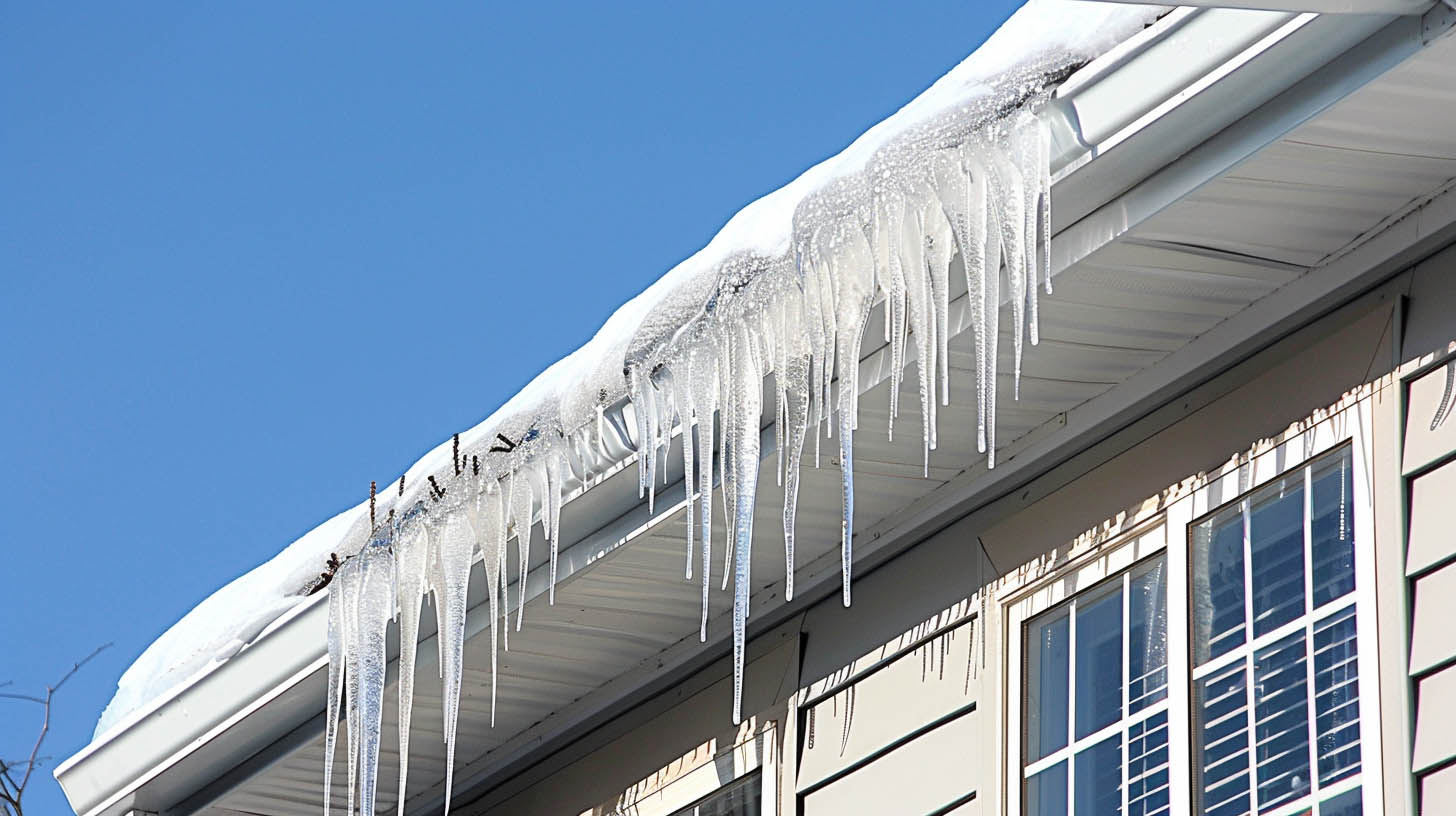Ice dams can be a significant problem for homeowners in colder climates, leading to extensive and costly damage. Understanding and implementing effective strategies to prevent these ice formations is crucial for maintaining the integrity of your roof and the safety of your home. This article provides a detailed guide on how to effectively prevent ice dams, ensuring your property remains damage-free during harsh winter conditions.
Understanding Ice Dam Formation
Ice dams occur when melted snow refreezes at the edge of your roof, creating a barrier that prevents further meltwater from draining off the roof. This water can back up underneath roof shingles, potentially leading to water intrusion into your home.
Causes of Ice Dams
Inadequate Attic Insulation: Warm air from the house can rise to the attic, heating the roof and melting the snow.Poor Roof Ventilation: Without proper ventilation, heat accumulates under the roof, further contributing to uneven roof surface temperatures.
Effective Prevention Strategies
Implementing the following strategies can significantly reduce the risk of ice dam formation and the potential damage they may cause.
1. Enhance Roof Ventilation
Proper ventilation ensures a uniform temperature across the roof surface, which is essential in preventing the melt-and-refreeze cycle that leads to ice dams.
Optimal Ventilation Design
Intake Vents: These should be placed at the roof’s eaves to allow cool air to enter.Exhaust Vents: Located near the ridge of the roof to expel warm air.
By maintaining a balanced ventilation system, the attic stays cooler, reducing the chances of snow melting and refreezing at the eaves.
2. Improve Attic Insulation
Upgrading attic insulation helps minimize heat loss from the living space to the attic, keeping the roof surface cold and thus preventing the melting of snow on the roof.
Key Insulation Considerations
Material: Use high-quality insulation materials that provide effective resistance to heat flow.Installation: Ensure that insulation is evenly distributed and that there are no gaps or compression spots.
3. Install Ice Shield Protection
An ice shield is a waterproof barrier installed under the shingles to protect against water intrusion from ice dams. It is particularly crucial in regions prone to harsh winter conditions.
Application Guidelines
Placement: The ice shield should extend from the edge of the roof to at least 24 inches inside the exterior wall line of the building.Quality: Opt for high-quality ice shields that adhere well to the roof deck and seal around nails, offering superior protection against water penetration.
Conclusion
Preventing ice dams is essential for protecting your home from water damage during the winter months. By improving roof ventilation, enhancing attic insulation, and installing effective ice shields, you can ensure that your roof remains free from ice dams. Summit Exteriors, serving Coeur d'Alene, ID, and surrounding areas, specializes in providing comprehensive roofing solutions that include these preventive measures. With our expertise, homeowners can rest assured that their roofs are well-equipped to handle the challenges of winter weather.



